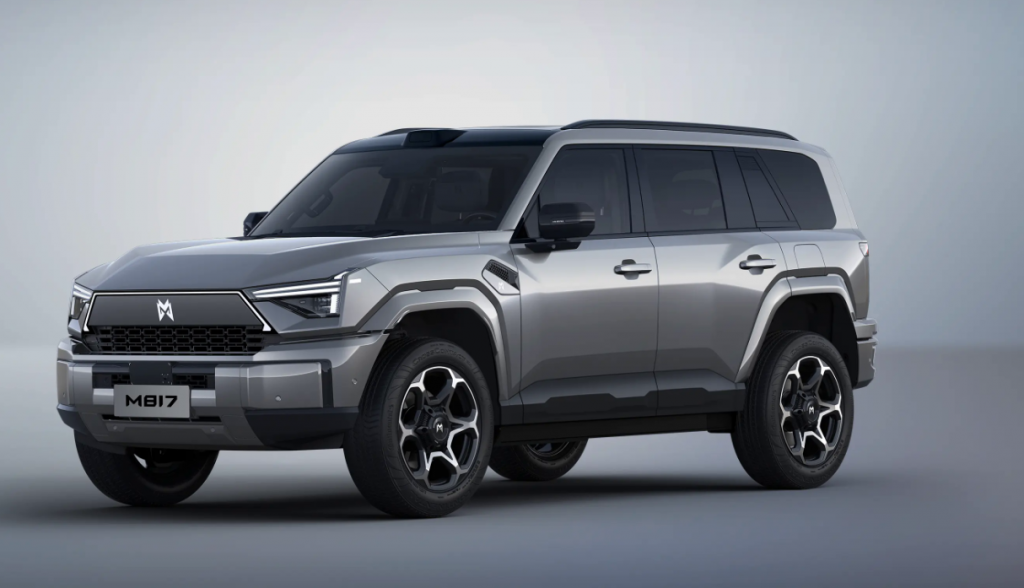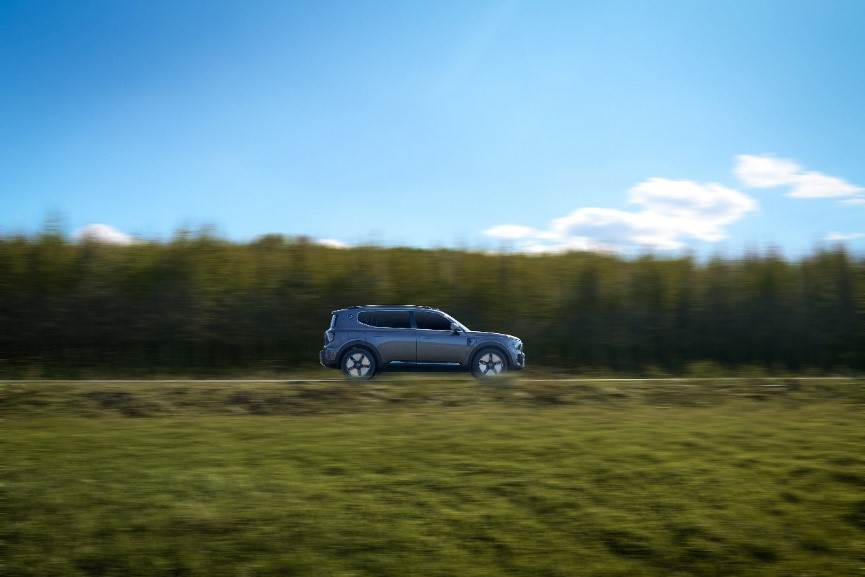China’s automotive market resembles an Arctic Ocean firmly occupied by domestic new energy fleets, while the Buick Electra L7 enters like an “icebreaker” armed with extended-range technology, localized intelligent systems, and uncompromising luxury features. When this 5-meter-long, 2-ton “vessel” sails into these waters with a starting price of 300,000 yuan (approximately 41,840 USD), it not only tests consumers’ acceptance of joint venture new energy products but also serves as a critical case study for the viability of General Motors’ “China-exclusive” strategy.
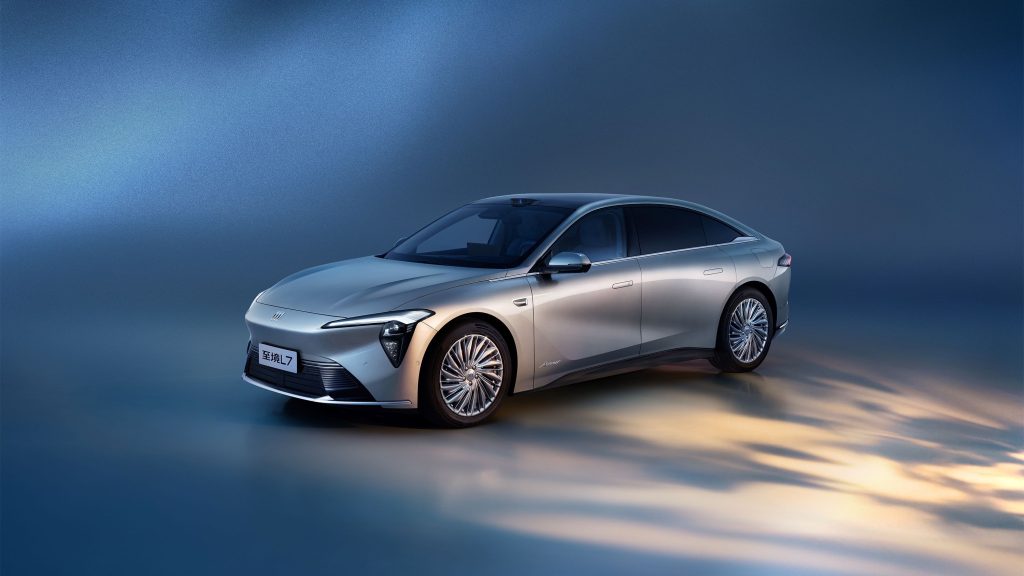
Technological Breakthrough: The “Amphibious” Capability of Localized Platform
Like a Transformer that alters its form according to environment, Electra L7’s “Xiaoyao” platform demonstrates rare adaptability—supporting sedan, SUV, and MPV configurations, compatible with pure electric, plug-in hybrid, and extended-range powertrains, even allowing flexible arrangements of front-wheel, rear-wheel, and all-wheel drive. This “triple-threat” technological characteristic enables L7 to adjust its stance flexibly in the fierce market competition.
The chassis specifications speak volumes: A 5032mm body length paired with a 3000mm wheelbase achieves a 61.6% axle-to-length ratio. This “long-wheelbase-short-overhang” design philosophy creates a side profile as elegant as the curves of a cello. While the 1.5T range extender + 252kW motor combination may lack the ferocity of some performance vehicles, its 0-100km/h acceleration in 5.9 seconds proves this 5-meter-long “gentleman” can show its claws when necessary.
Particularly noteworthy is its innovative “dual power compartment” layout—the front houses the 1.5T range extender and electronic control system, the rear axle contains the drive motor, while the 40.2kWh Ultium battery pack runs through the center like a backbone. This configuration delivers 302km CLTC pure electric range (surpassing the Ideal L7’s 210km), with total range exceeding 1400km—endurance comparable to a Sahara-crossing camel.
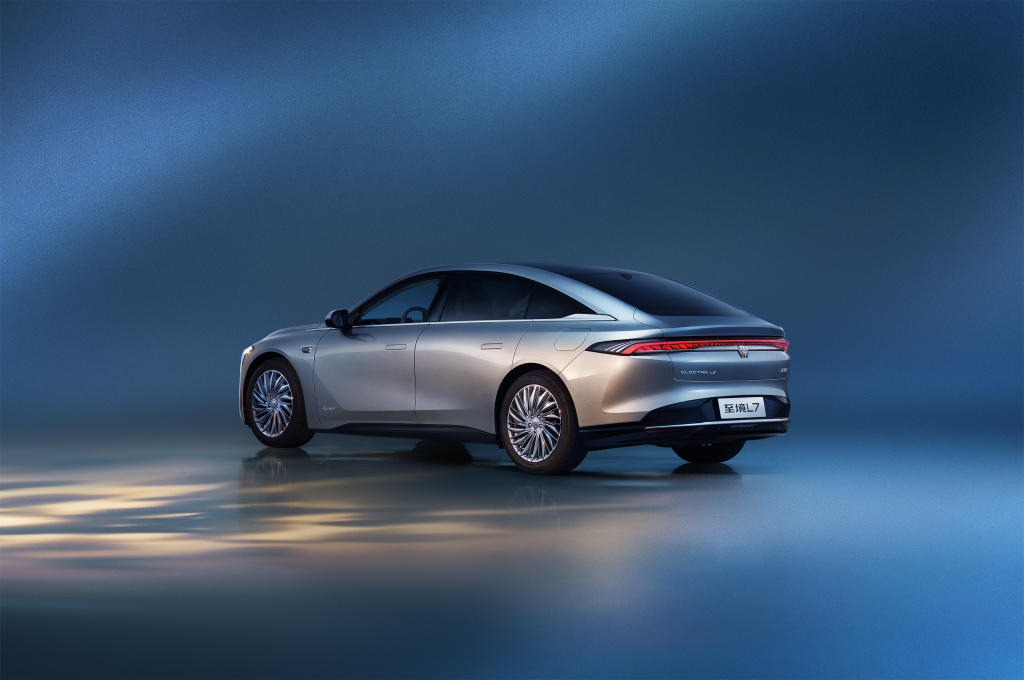
Intelligent Evolution: From “Follower” to “Challenger”
Joint venture brands’ intelligent features have often been seen as their “Achilles’ heel,” but the Electra L7’s tech specs read like an “avengers roster”: Momenta’s advanced driver-assistance system paired with a rooftop LiDAR forms a perception system triple the capability of Tesla’s HW4.0; the Qualcomm SA8775P cockpit chip’s 30TOPS computing power provides enough headroom for five years of OTA updates.
The specially designed “ADAS blue indicator lights” serve both as visual tech signatures and “digital semaphores” communicating autonomous status to surrounding vehicles. This attention to interactive details shows Buick’s design team beginning to understand Chinese consumers’ particular demand for “tech ceremony” .
Market Game Theory: The “Actuarial Art” of Pricing Strategy
The 300,000 yuan (41,840USD) price positioning resembles precisely calculated artillery coordinates—pressuring the lower limits of luxury brands’ entry-level EVs while suppressing domestic NEV makers’ mainstream products. When combined with keywords like “1400km range,” “5-meter body,” and “LiDAR,” the resulting value proposition hits the market like a royal flush on the poker table.
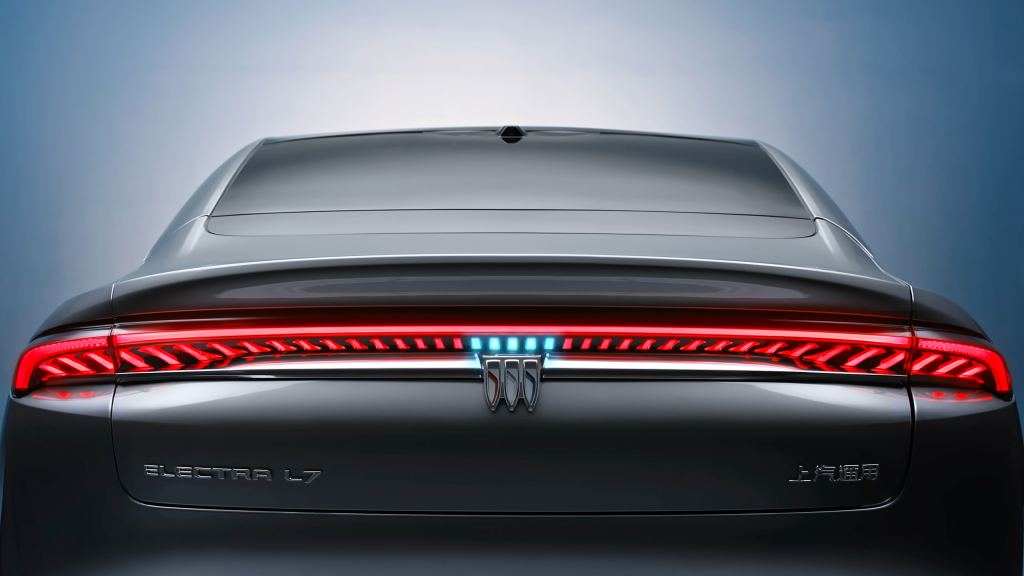
Buick’s recent pricing strategies reveal sober understanding of China’s market realities: The LaCrosse’s 106,900 yuan (14,900USD) “no-haggle price” shattered joint venture pricing norms for midsize sedans, while the Envision S’s 139,900 yuan (19,500USD) starting point penetrated deep into domestic brand territory. This “dimensional reduction” tactic will likely reappear with L7, with its actual transaction price potentially dipping to 250,000-280,000 yuan (34,850-39,000USD), forming a “flanking attack” against the Li Auto L7 and AITO M7.
Strategic Reflection: The “GMO Experiment” of Joint Venture Models
The Electra sub-brand’s creation is essentially a “genetic modification” experiment—implanting China’s localized electrification demands, intelligent solutions, and design language into GM’s global system through the Pan-Asia Technical Center as the “petri dish.” As the sub-brand’s first sedan, L7 bears responsibility for validating this model’s viability.
Notably, the “China-exclusive” positioning serves as both a pioneering blade and potential shackles limiting global development. Should this product—integrating Momenta’s ADAS, Qualcomm’s cockpit, and local battery technology—succeed, GM will face strategic decisions about whether to export it globally. After all, China’s NEV market has become the “ultimate proving ground”—products validated here theoretically possess capability for any market.
This vehicle epitomizes contemporary joint venture brands—retaining global technological heritage while assimilating local innovation. When the 1.5T range extender activates to charge the battery, its hum may sonically manifest traditional automakers’ transformation pains. For consumers, the 1400km range promise alleviates not just range anxiety, but symbolizes deeper questions about joint venture brands’ endurance in NEV marathon.
That kind of experience really makes you wonder about their customer connection strategy
Cars are excellent, no doubt- BUT hasn’t Buick thought about letting me test-drive a vehicle for a few days? After all, I’m a long-time owner of a Buick New Century from years back, and I’ve also been supporting Buick’s various consulting and research projects for many years now.
Frankly, GM has seemed somewhat out of touch in recent years – almost like it’s floating in its own bubble. One incident really stuck with me: I was passing through Shanghai’s Qingpu District when I spotted a Lyriq promotional event. But when I tried to enter, they flat-out refused me entry, insisting I needed some prior appointment or something. I explained that I’d already seen the Cadillac Lyriq and genuinely wanted to learn more about it. No dice—still wouldn’t let me in.

(I was mad?) I went back to check out the Lyriq again later (call me a glutton for punishment, stupid China boy). This time, a tattooed staff member stood in stony silence, practically sending me running for the exit. If you remain indifferent to my feelings, I see no reason to cling to caring for you.
Both the issues of intender acquisition and management, as well as the problem of dealer capabilities, are my major concerns.


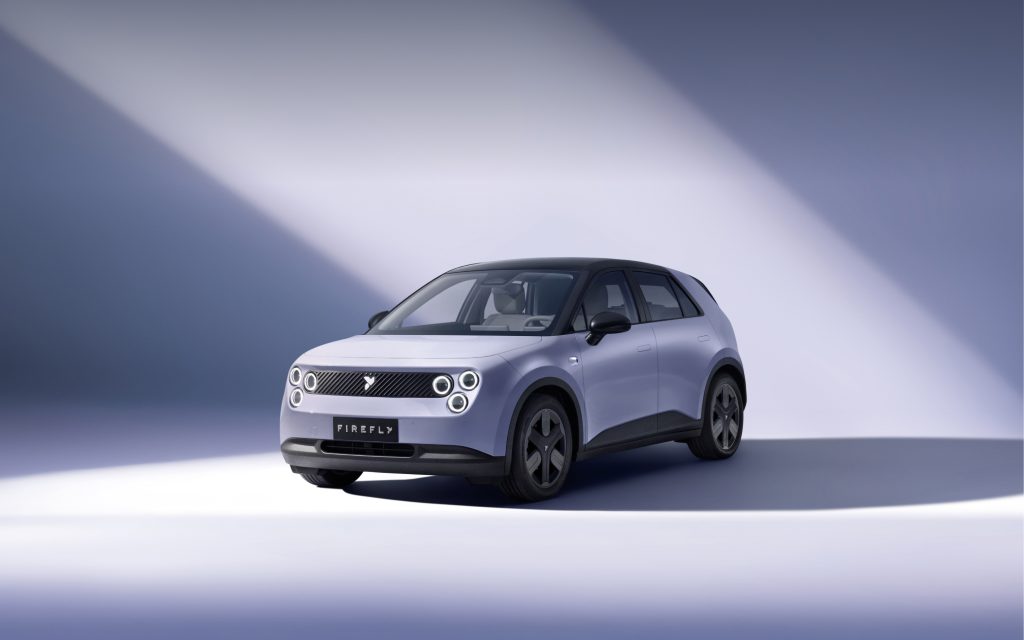
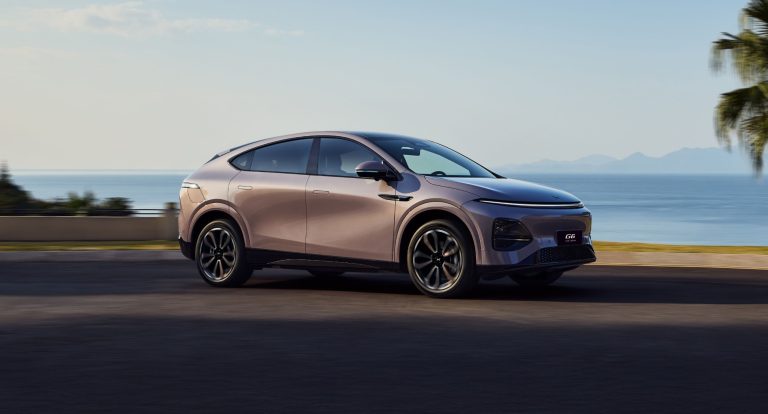
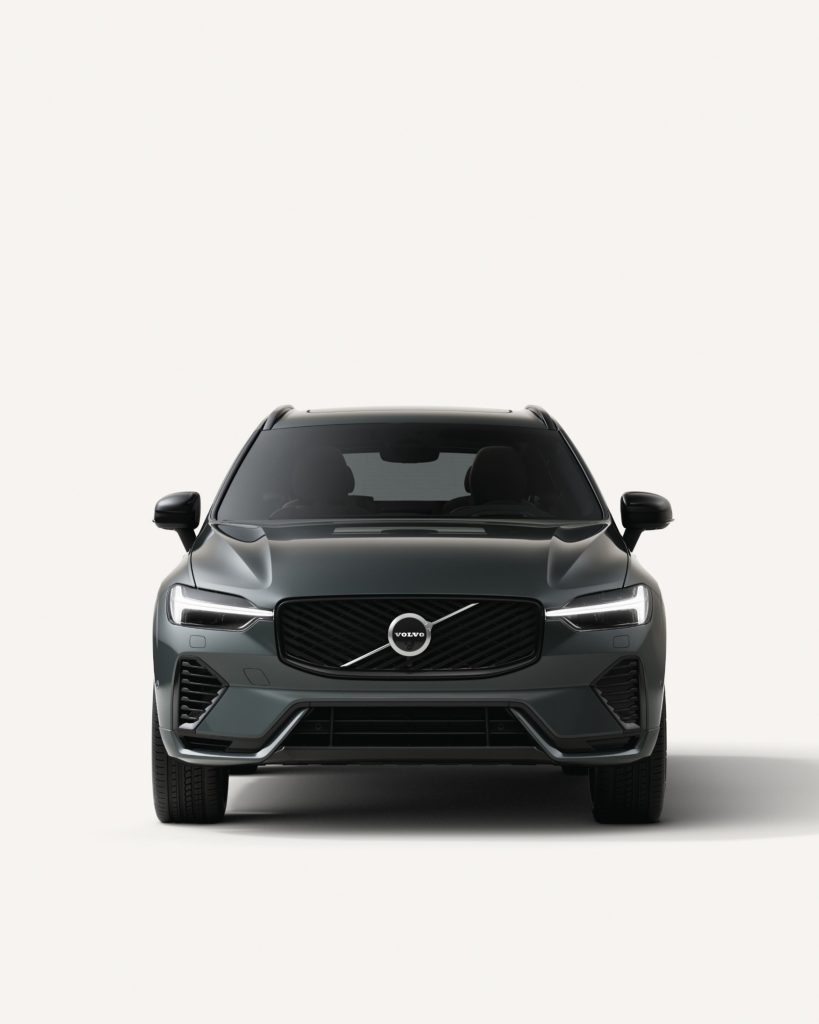
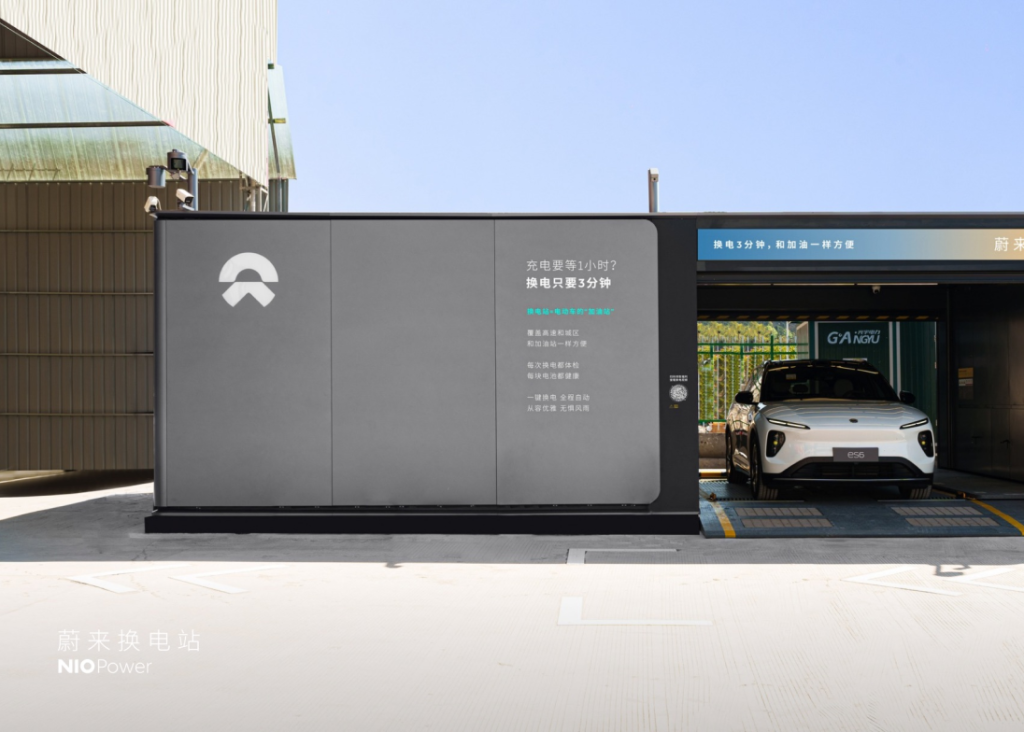
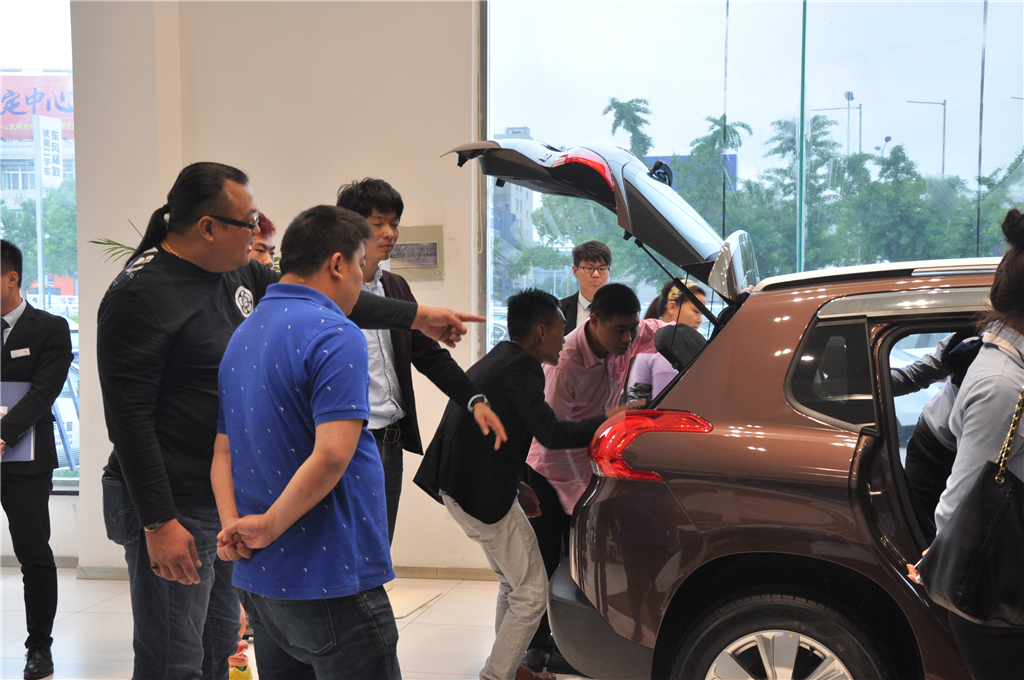
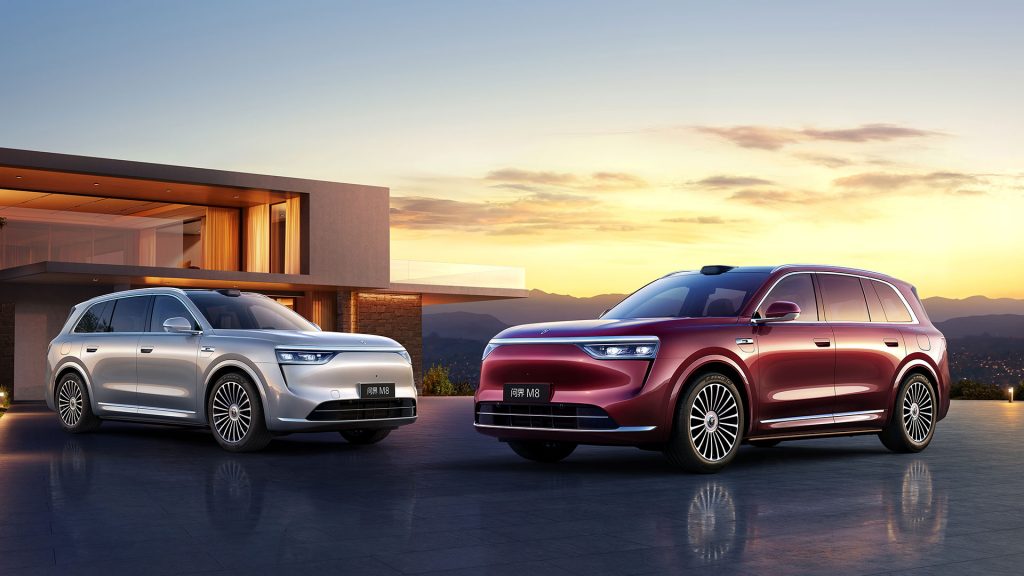
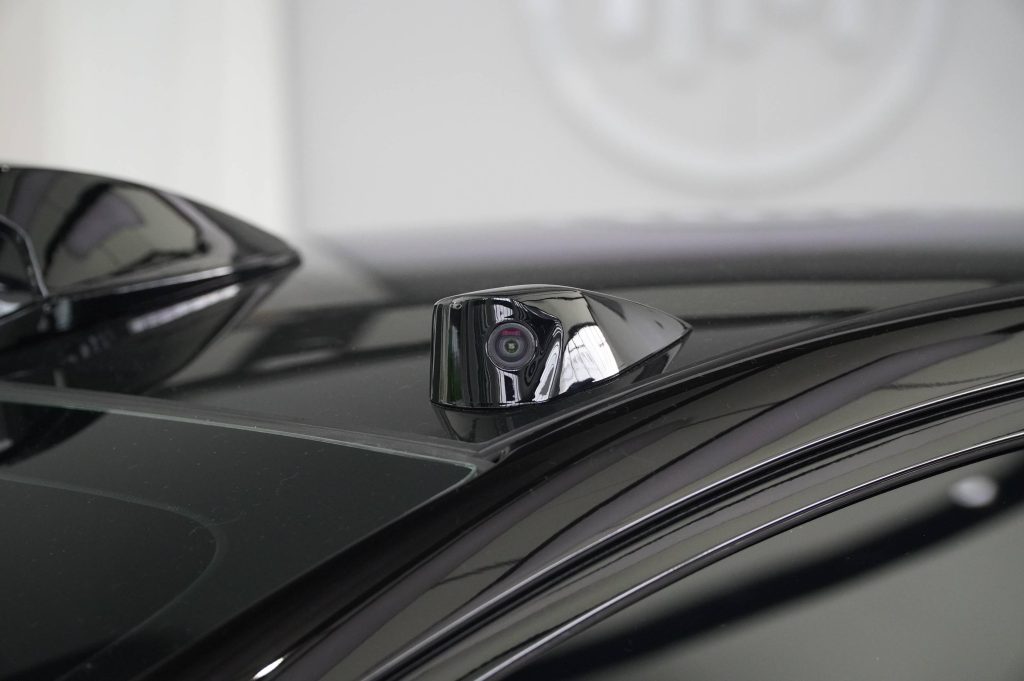
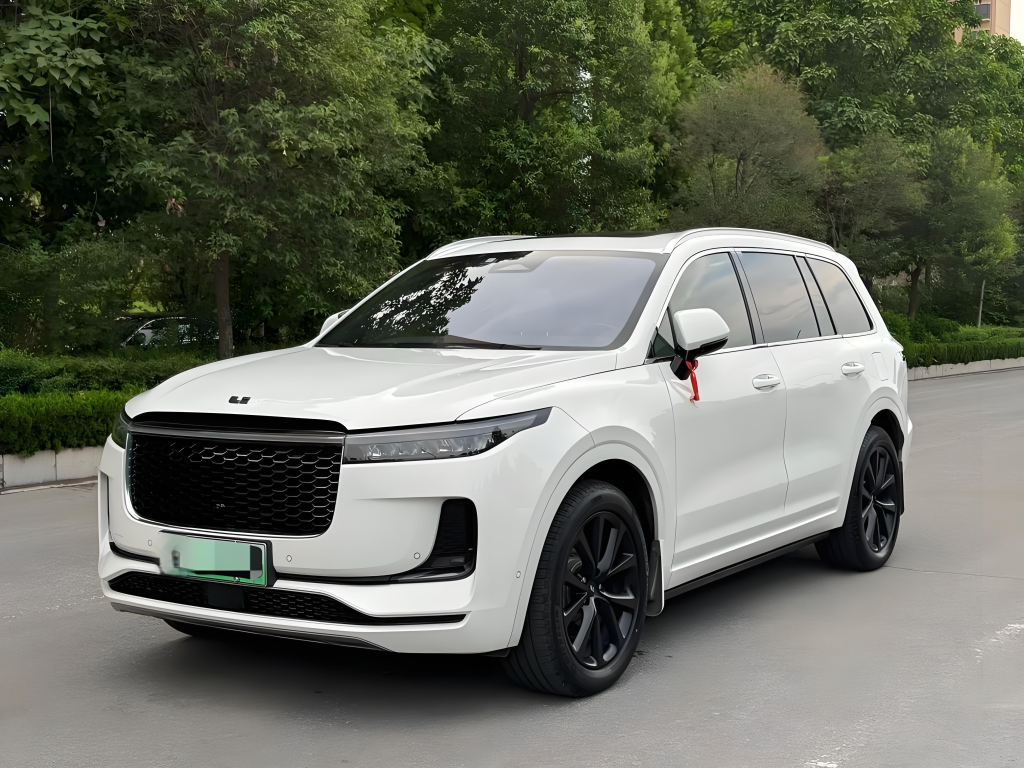


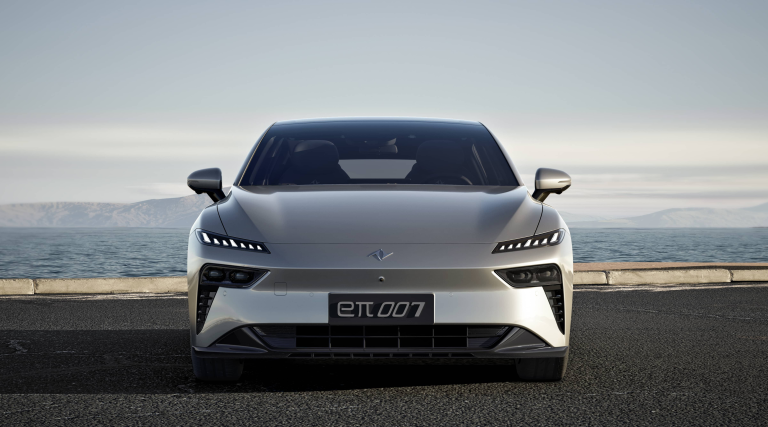


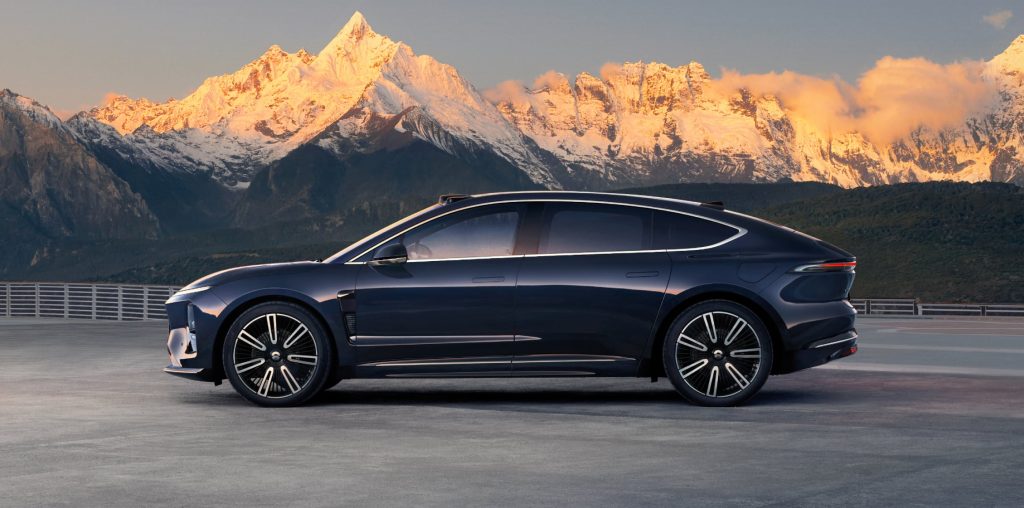

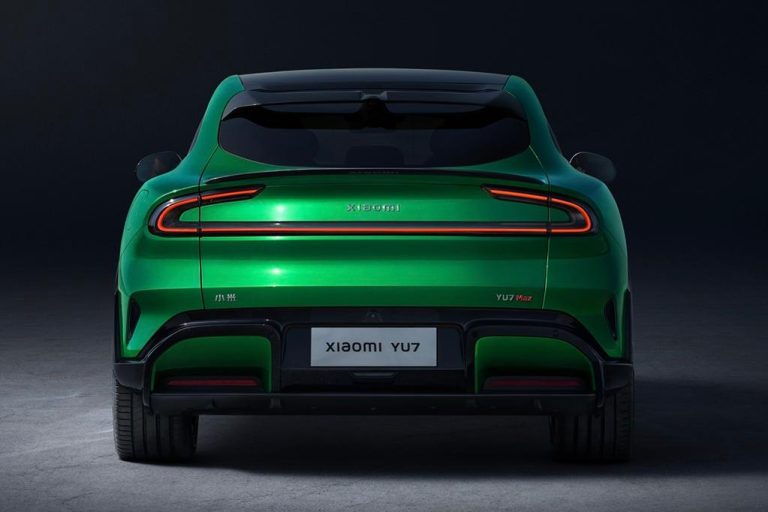
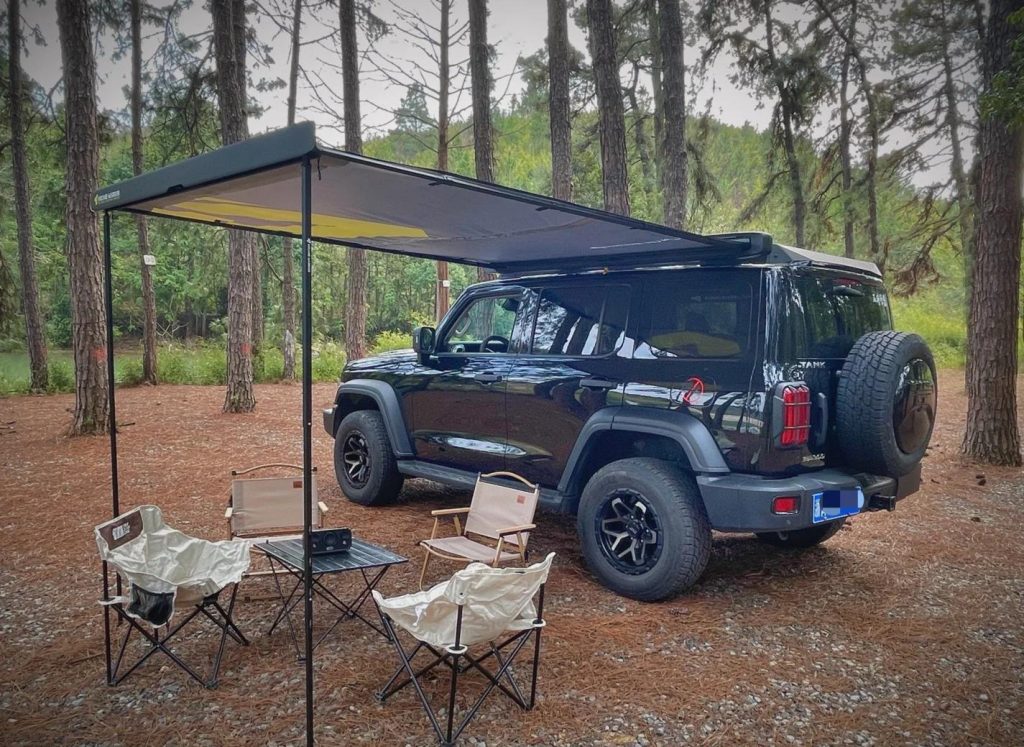
![[POLICY WATCH] CHINA’S 2025 CAR SCRAPPAGE SCHEME: HOW NEVS ARE RESHAPING THE MARKET](http://www.zingevs.com/wp-content/uploads/2025/07/388ec94d-e2cc-4894-97e0-48762c7e4d1d-1024x615.jpg)

